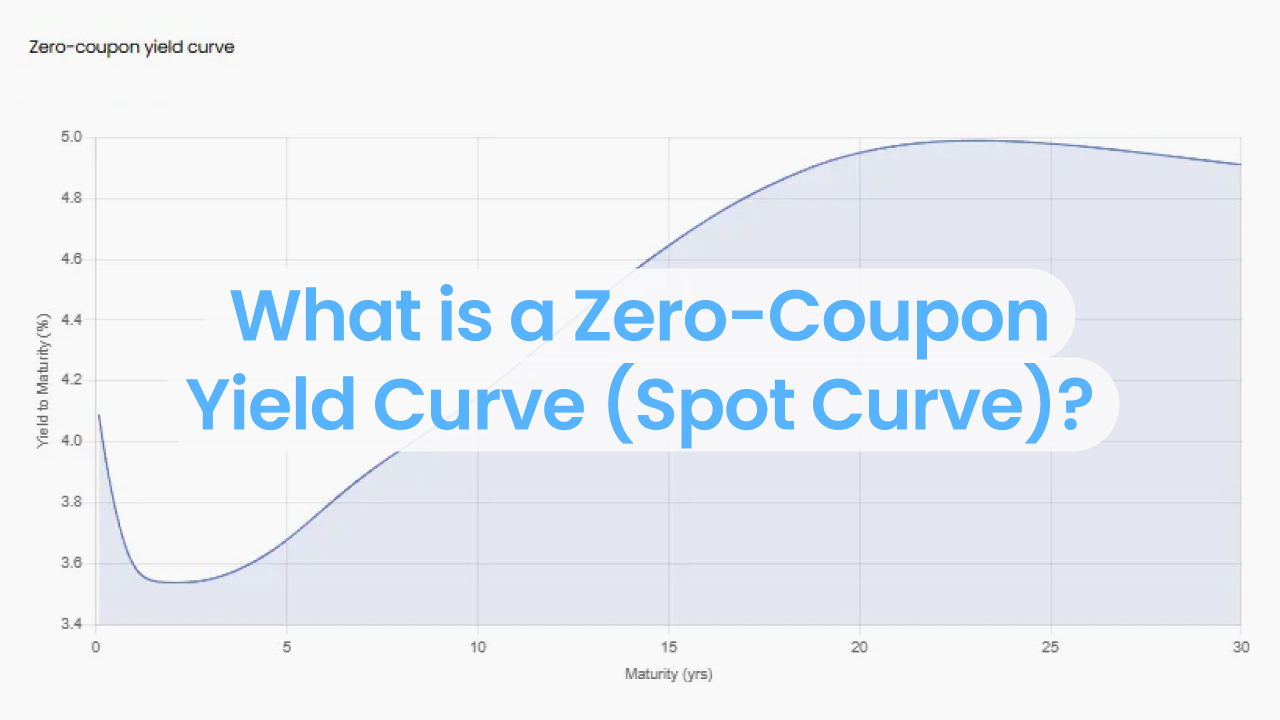1. Introduction
In the realm of finance, interest rates play a pivotal role in determining the health of an economy and the direction of monetary policies. Understanding interest rate benchmarks, such as the Euro Overnight Index Average (EONIA), is crucial for financial analysts, especially when it comes to dissecting the intricacies of the EONIA forward curve.
2. What is EONIA?
EONIA, a cornerstone of the Euro money market, is essentially an effective overnight rate computed as a weighted average of all overnight unsecured lending transactions in the interbank market. Its historical development and the relation to the European Central Bank (ECB) policies and the Euro Interbank Offered Rate (EURIBOR) can be found in the Bank for International Settlements report.
The EONIA rate provides a transparent and reliable index, paving the way for a variety of financial applications including the pricing of derivatives, risk management, and monetary policy implementation.
3. Understanding the EONIA Forward Curve
A forward curve is a graphical representation of forward rates, which are essentially the market's expectations for future rates. The EONIA forward curve, thus, illustrates the anticipated path of EONIA rates in the future. Constructing this curve involves a blend of market data, financial theories, and advanced mathematics.
Interpreting the curve is essential for financial analysts as it provides insights into market expectations regarding future ECB policy decisions. It allows them to estimate future cash flows, compute the net present value of future income streams, and evaluate interest rate risk.
4. Impact of EONIA Forward Curve
The EONIA forward curve plays a significant role in the financial markets. It's used by investors to hedge their interest rate risk and by financial institutions to align their risk profiles with market expectations. As such, understanding its impact is integral to risk management in financial institutions.
For on-demand access to EONIA curves and other financial market and derivatives data, start a trial with BlueGamma
5. 10 Essential Points for Financial Analysts
1. Understanding the EONIA Forward Curve Analysis: Knowledge of the EONIA forward curve is fundamental for any financial analyst working with European financial markets or euro-denominated instruments. It's a powerful tool for interpreting market expectations and potential ECB policy shifts.
2. Interpreting the EONIA Forward Rate Curve: The ability to accurately interpret the EONIA forward curve is crucial. A rising curve may suggest an expectation of rising interest rates, while a falling curve could indicate the opposite.
3. Impact on Investment Decisions: EONIA forward curve is often used to price euro-denominated interest rate derivatives, influencing investment decisions. Understanding the curve helps investors gauge the future value of their investments and their potential return.
4. Use in Interest Rate Forecasting: The curve plays a crucial role in forecasting future interest rates. By analysing the curve's shape and dynamics, analysts can make educated predictions about future monetary policy and interest rate changes.
5. EONIA vs LIBOR Forward Curve: The EONIA forward curve and the London Inter-Bank Offered Rate (LIBOR) forward curve both represent market expectations about future rates, but they relate to different markets (euro and sterling/dollar respectively). Knowledge of the differences between these curves can enrich your understanding of global financial markets.
6. Understanding the Dynamics of the EONIA Forward Curve: The EONIA forward curve isn't static – it changes with market conditions, policy expectations, and economic indicators. Keeping abreast of these dynamics can help analysts make more accurate financial forecasts.
7. Importance of EONIA Rates and Market Trends: EONIA rates are crucial barometers of market conditions in the Eurozone. Monitoring these rates, alongside the EONIA forward curve, can provide key insights into market trends.
8. Influence of ECB Policies: ECB policies have a significant impact on EONIA and its forward curve. Any changes in ECB's monetary policy can lead to shifts in the curve, affecting future interest rate expectations.
9. Role of EONIA in EURIBOR Calculations: EONIA plays a role in the computation of EURIBOR, another vital benchmark in Euro markets. Understanding this connection can provide a broader perspective on the Euro money market.
10. Leveraging the EONIA Forward Curve for Optimal Investment Strategies: The curve can be used to devise strategic investment decisions. By estimating future rates, investors can better position their portfolios to optimise returns and mitigate risks.
6. Future of EONIA Forward Curve
While it's impossible to predict the future with absolute certainty, the EONIA forward curve will continue to be a crucial tool in financial forecasting. Potential changes in the methodology of constructing EONIA Forward Curve may arise due to market advancements or regulatory adjustments, emphasising the importance of staying updated with market trends and changes.
7. Conclusion
Mastering the EONIA forward curve is non-negotiable for financial analysts focused on the Eurozone. It offers an invaluable lens to view market expectations, assess risk, make investment decisions, and anticipate changes in monetary policy. The continuous study of this tool, along with staying updated on EONIA rates and market trends, is paramount for success in financial analysis.
For on-demand access to EONIA curves and other financial market and derivatives data, start a trial with BlueGamma
Additional Resources
- The Role of Benchmarks in Money Markets (European Central Bank)
- EONIA: The First 15 Years (The European Money Markets Institute)
- Transition from EONIA to €STR (European Central Bank)




.png)